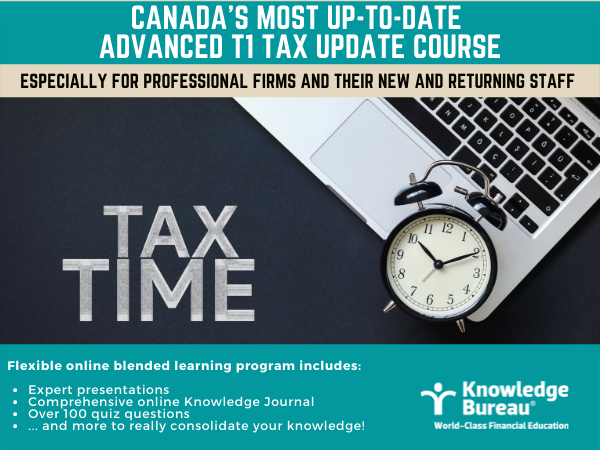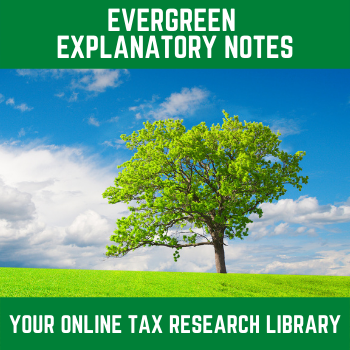The Principal Resident Exemption– The Nuances

Marco Iampieri B.A., JD, M.B.A. with excerpts from Evergreen Explanatory Notes
The Principal Residence Exemption: The Nuances is part of a three-part series explaining the principal residence exemption under Canadian taxation law. It begins with the tax consequences on the change in use of a principal residence.
The information in this series is excerpted from Evergreen Explanatory Notes, which provides taxation law and Canada Revenue Agency documentary guidance regarding personal topics, GST topics and corporate topics. Evergreen Explanatory Notes may be subscribed to online.
Change in Use of Principal Residence
A change in use of a taxpayer’s principal residence from personal use to an income-producing use would trigger a deemed disposition under the Income Tax Act. However, this deemed disposition may be deferred by electing under subsection 45(2) of the Income Tax Act. An election under subsection 45(2) would allow the taxpayer to defer the deemed disposition until the time of actual disposition, or at the time the taxpayer chooses to rescind the election. Where the election is made under subsection 45(2):
- Capital Cost Allowance (CCA) must not be claimed
- No other property can be designated a principal residence at the same time
- The taxpayer must have been a resident or must be deemed to be resident of Canada
- Any rental income earned on the property while the taxpayer was absent is to be reported in the normal manner

- No subsection 45(2) election can be made if there is only a partial change in use of the property.
Change in Use of Rental Property
A change in use of a taxpayer’s rental property from an income-producing rental purpose to a personal purpose triggers a deemed disposition under the change of use provisions under the Income Tax Act. However, this deemed disposition under the change of use provisions may also be deferred by electing under subsection 45(3) of the Income Tax Act. An election under subsection 45(3) would allow the taxpayer to defer their tax payment under the Income Tax Act according to the otherwise deemed disposition until time of actual disposition, or at the time the taxpayer chooses to rescind the election. The deferred tax payment would be computed as a capital gain according to the difference between the taxpayer’s adjusted cost base of the capital property and the fair market value of the capital property at the time of the trigger under the change of use provisions.
Partial Income-Producing Use of Home
It is possible to retain the principal residence exemption status when the home is partially used for an income-producing purpose, whether the income-producing purpose is a home-office, leasing space or otherwise. However, the taxpayer must not have claimed capital cost allowance and no structural changes were made to convert the property to business or rental use. Further, the rental or business use of the property ought to be relatively small in comparison to the property’s use as the taxpayer’s principal residence.
 Subjacent Land in Excess of Half a Hectare
Subjacent Land in Excess of Half a Hectare
Under the definition of principal residence under section 54 of the Income Tax Act, the land subjacent over and above ½ hectare will be deemed to not be included in the principal residence calculation. Instead, the taxpayer claiming the principal residence exemption cannot shelter the proceeds from the principal residences subjacent land over and above a ½ hectare, and must remit tax as calculated by reference to the capital gain or loss on the disposition of the property.
On the other hand, the taxpayer need not remit the tax for a principal residences subjacent land over and above a ½ hectare in a factual situation which the taxpayer can demonstrate that the land over and above a ½ hectare is necessary to the use and enjoyment of the principal residence.
These nuances, as well as examples are further discussed in Knowledge Bureau’s Evergreen Explanatory Notes.
Key Takeaway: Review your principal residence elections with your tax advisor to ensure that you are properly claiming the principal residence exemption. Further, ensure to accurately report your tax and benefit return during a year in which you move homes, but retain the title to more than one property.
Additional educational resources: Don’t miss this opportunity to take Canada’s most up-to-date and comprehensive Advanced T1 Tax Update Course for Professional Tax Accounting firms and their new and returning staff who will file 2021 T1 Returns. This is Canada’s #1 tax training program for busy practice owners who need to recruit and train staff in time for this tax season.